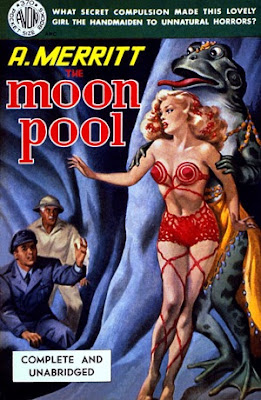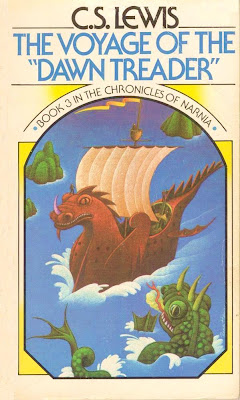The Fight of Our Lives: Knowing the Enemy, Speaking the Truth & Choosing to Win the War Against Radical Islam is a 2011 book by William J. Bennett and Seth Leibsohn. Here, the authors, in criticism of the use of what they call “soft” tactics in the war against terrorism, advocate a clearer identification of and stronger opposition to America’s enemies.
One of the highlights of The Fight of Our Lives is the authors’ excellent and savage attack on the media and the government’s fixation on political correctness. Much of the politically correct language used concerning the fight against terrorists has, as the authors say, blurred the issues and muddied the waters. And the authors are correct that this seems to be a form of appeasement, and that it would be better to be firm, to be resolute. The authors’ analysis of radical Muslims in the United States who slipped under the radar because of this focus on political correctness is eye-opening.
That said, the book as a whole oversimplifies matters to an alarming degree. The conflict is framed here, completely black and white, as America, the secular nation, versus (radical) Islam, the religion. And while the authors rightly condemn the tactics of the terrorists, America is at liberty, they say, to do whatever is necessary to defend itself – thus at the same time that the authors criticize terrorists for killing civilians, they defend America’s bombings of civilian centers and use of torture (which they actually deny happened). Here, America seems to be the end-all of human achievement and is, in fact, in no way to blame for anything. The entire book rings profoundly hypocritical.
The authors push their fearmongering ultra-right wing hawk agenda at every turn, and the tone of this book is simply awful. The authors are deliberately pejorative, beyond what is useful, to any and everyone with whom they disagree, whether it’s radical Muslims, President Obama, or his administration. It’s one thing to be anti-appeasement; that’s fine. But theirs is a gospel of retaliation without accountability, and they don’t seem to think particularly much of either the Constitution or diplomacy.
Coming from the publisher Thomas Nelson, the reader might expect this book to consider the conflict from a Christian perspective; it doesn’t. Far from it. There’s about a page here glossing over the concept of Christian “just war,” and outside of Chapter 7, “False Peace and True Peace,” in which the authors rebut the argument that Christianity and Judaism are more violent religions than Islam, there’s really no other mention of Christianity, and certainly nothing in the book is considered from a Christian point of view. This is not in and of itself a condemnation of the book, but it may helpful for the reader to know what he’s getting into.
The authors’ treatment of faith is one of the book’s major problems. The authors seem to have no real respect for faith or its accompanying tenets, for Islam or any religion. This is shown most clearly in their laughable “solution” to the whole mess – to “fix” Islam. Islam, the authors say, needs reform, which means that its theology and doctrine must be adapted and brought in line with secular America’s modern sensibilities. “Moderate” Muslims, say the authors, are the ones who will be willing to do that. The authors are, in essence, looking for the Muslim equivalents of reformed Jews and non-practicing Catholics. And best of luck with that.
While it is neither without merit nor valid points, The Fight of Our Lives is, on the whole, an oversimplified and fearmongering response to real and serious issues.
NOT RECOMMENDED
* * * * *
Disclosure of Material Connection: I received this book free from the publisher through the BookSneeze.com book review bloggers program. I was not required to write a positive review. The opinions I have expressed are my own. I am disclosing this in accordance with the Federal Trade Commission’s 16 CFR, Part 255: “Guides Concerning the Use of Endorsements and Testimonials in Advertising.”

























